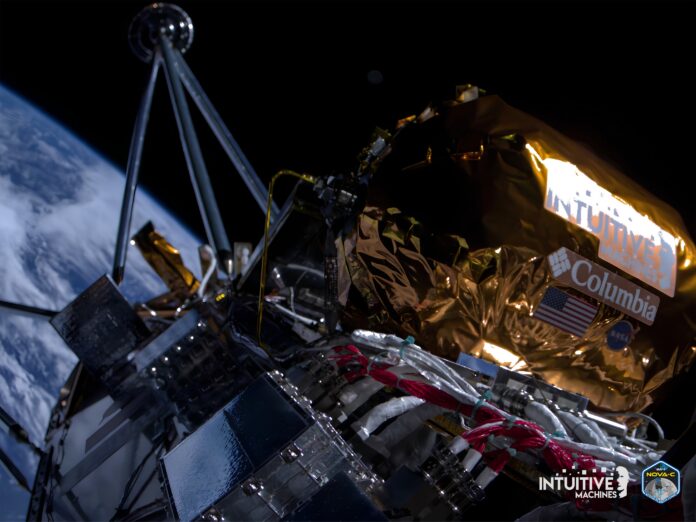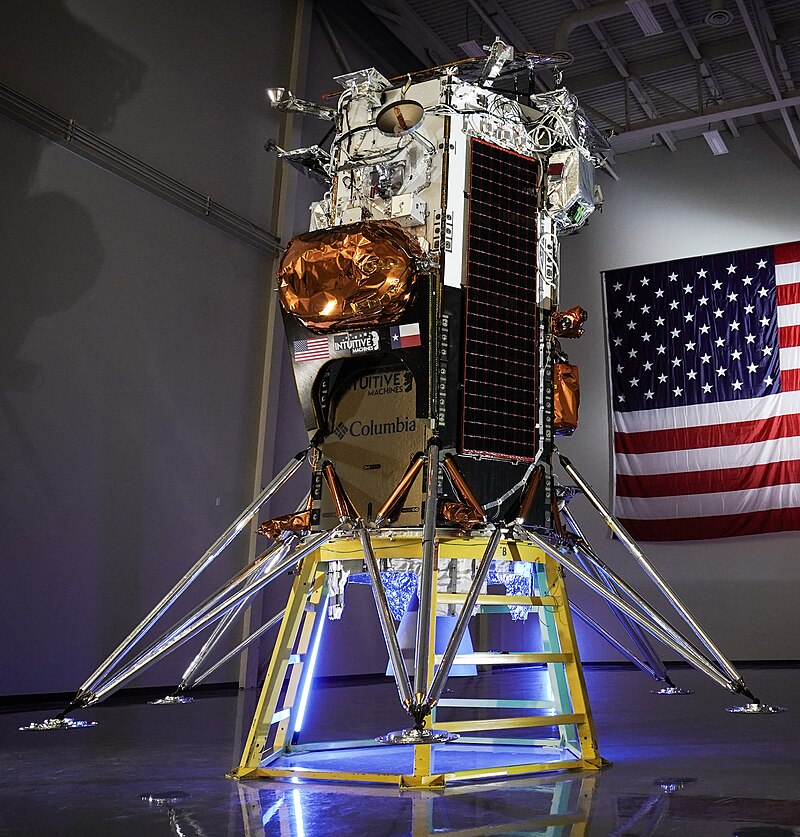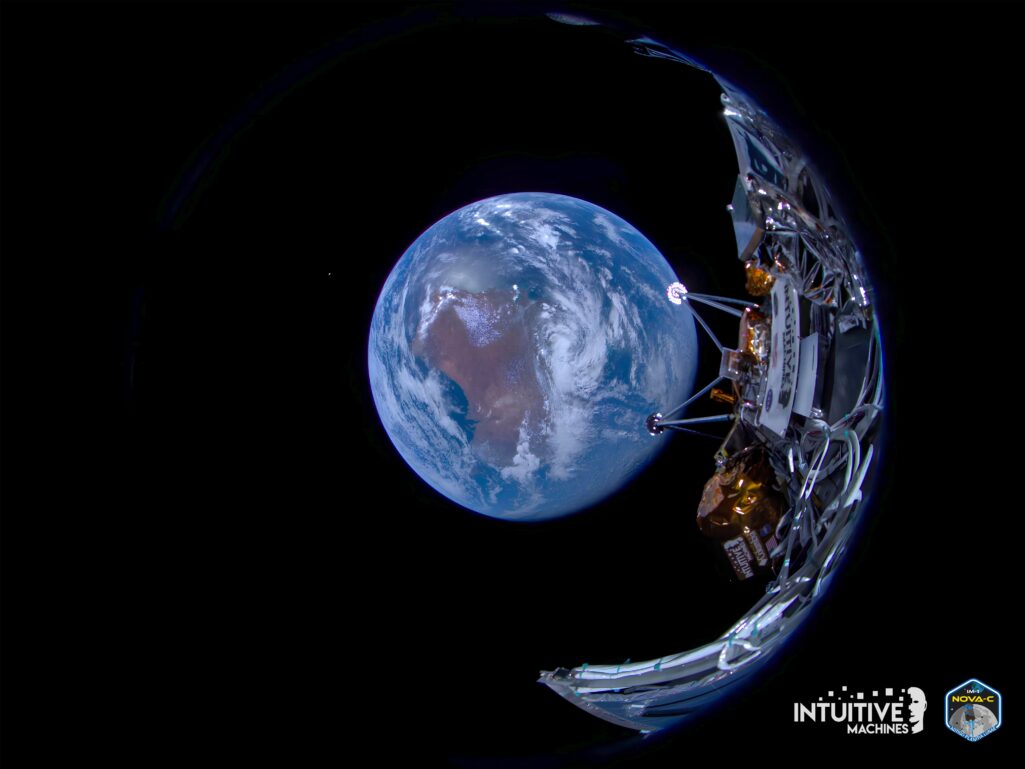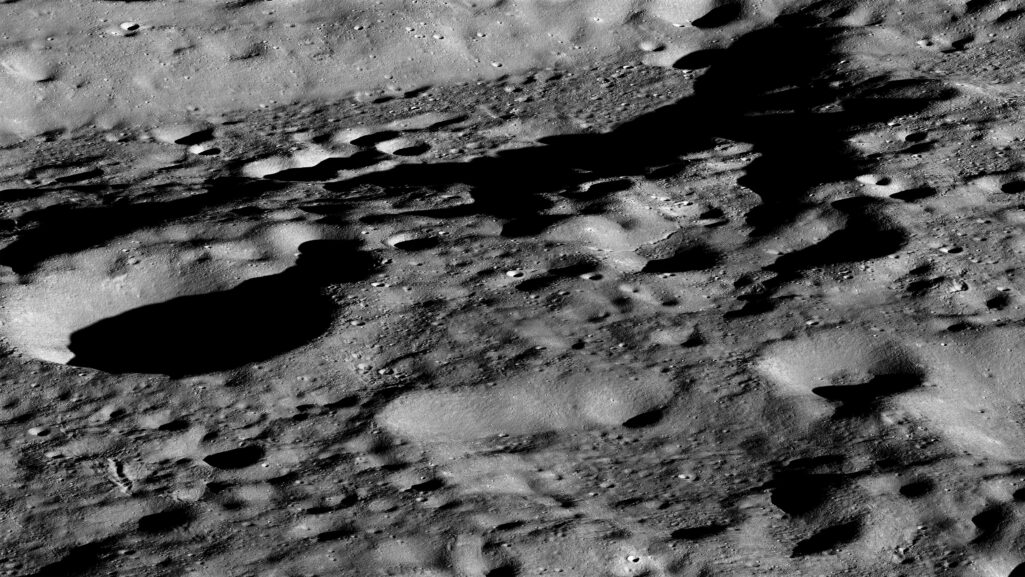
It had been 52 years since America last successfully landed on the moon back in 1972 with the Apollo 17 mission. Intuitive Machines, in cooperation with NASA and SpaceX, put an end to that streak today.
The lander, named Odysseus, launched at 1:05 a.m. on February 15. Since then, it has successfully been placed in an orbit that will intersect with the moon on Wednesday.
The lander has been in development since 2018 and is much, much smaller than the one humans landed in back during the Apollo days. At only 9 feet 8 inches tall and 6 feet five inches wide, the hexagonal lander is capable of carrying a payload of up to 220 pounds to the moon’s surface. It can survive on power generated by its onboard solar panels for up to 14 days before it rotates around to the dark side of the lunar surface.
This particular mission will land about halfway through the two-week-long lunar daylight, limiting its operational time on the surface to only seven days.

The lander carries several payloads for NASA. It is also carrying a test of Columbia Sportswear Company’s Omni-heat Infinity technology to help shield the lander from the extreme temperatures it will encounter on its journey to the moon.
The lander has already made national news with some beautiful photos it took of the Earth as it headed out of orbit. This beautiful blue marble photo highlighting Australia was taken with the lander’s wide-field lens, which gives the curved nature around the edges.

The lander entered the moon’s orbit around 10:45 Eastern Wednesday morning. There were a couple of adjustments to the orbit during the day Thursday leading up to the landing. An initial landing scheduled for 5:24 p.m. was pushed back an hour to 6:24 p.m.
After a nail-biting descent the lander made lunar contact at 6:23 p.m. near the Malapert-A crater. The scene below, taken from an orbiting spacecraft, shows the area in detail.

A specially designed CubeSat (small satellite-type object) called the EagleCam was deployed shortly before the lander made the surface. The EagleCam uses a simple Wi-Fi connection to connect with the lander and will hopefully return some images of the landing overnight tonight or early Friday. Communications proved to be difficult at first with confirmation of an upright lander only coming around 8:30 tonight.
The landing marks the first time since 1972 the U.S. has successfully landed on the moon, as well as the first time a commercial company has done so.
Hopefully we will see some images soon, and we will share them here.







